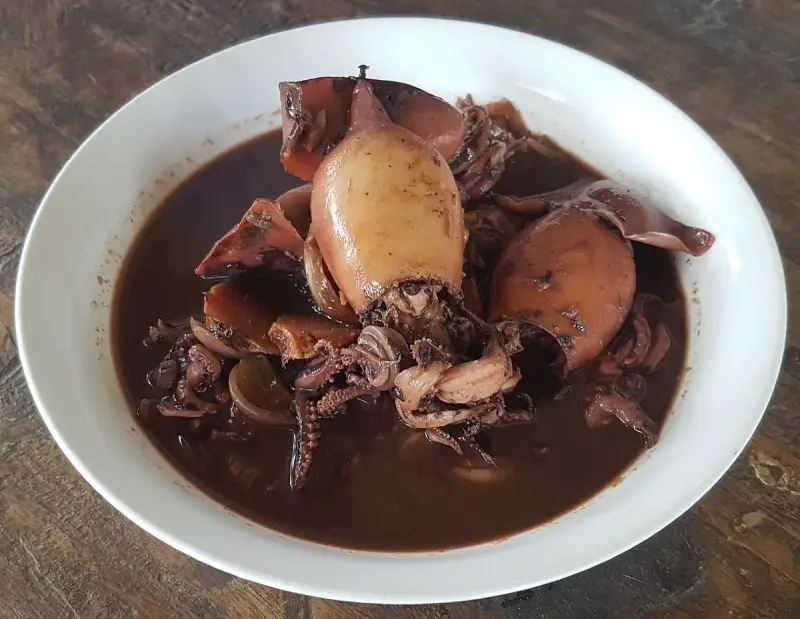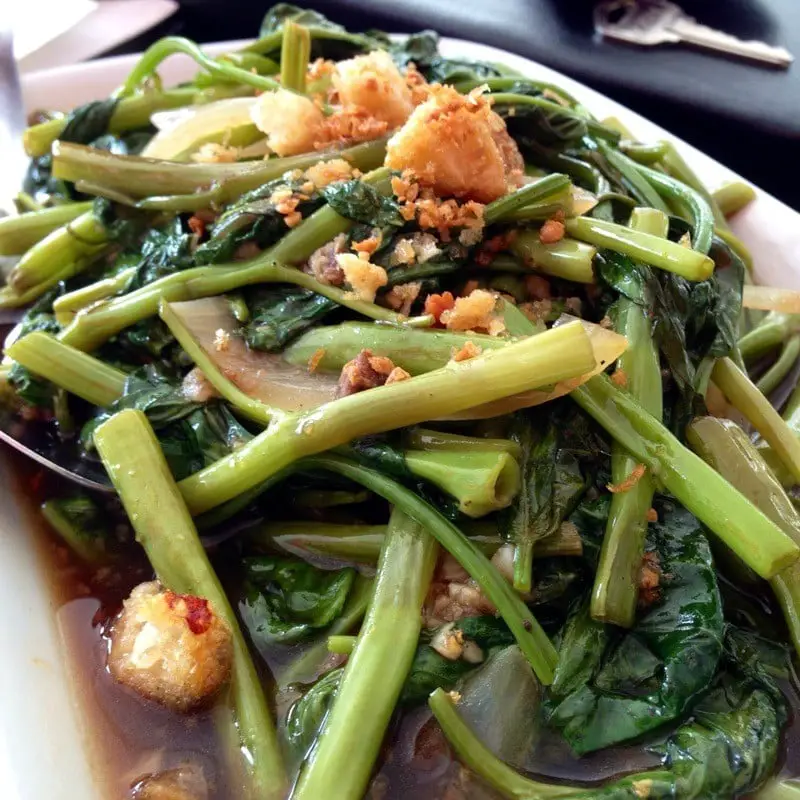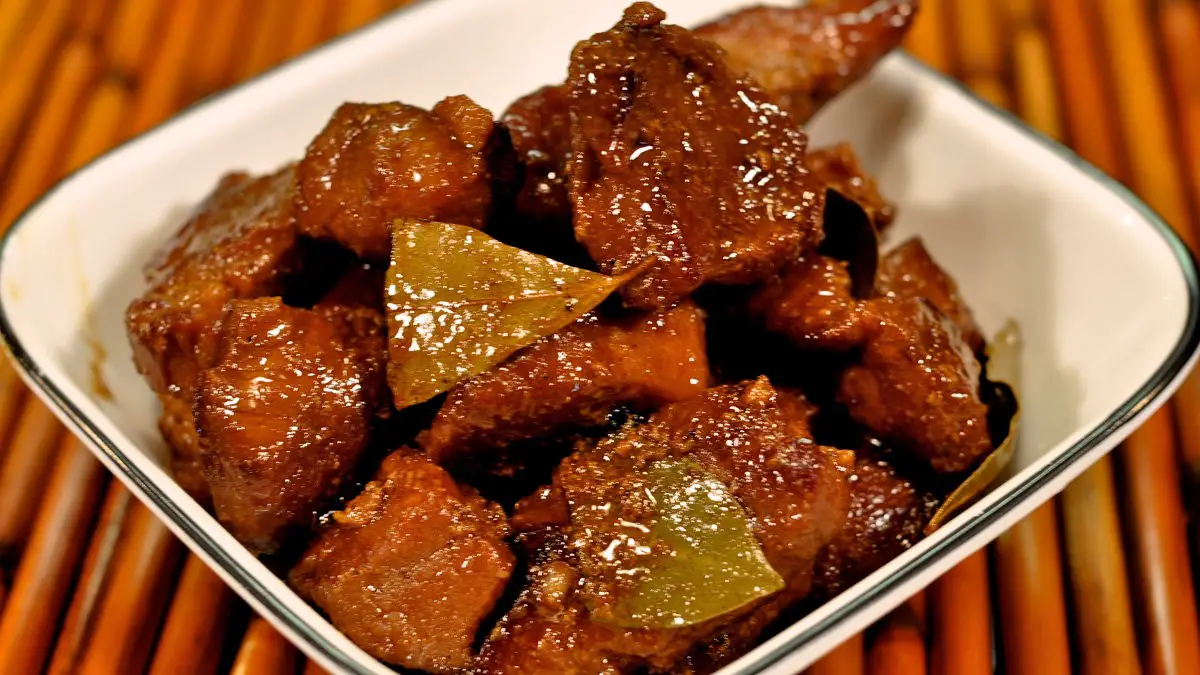Adobo is a staple food at every Filipino table, an unofficial national dish of the Philippines. Aside from the savory taste it possesses, the way you cook it is pretty straightforward. It only needs a few ingredients that are primarily available in your pantry.
Growing up, my family used to cook these recipes I share with you below and added some twists to make some variations. We’ve tried cooking adobo with almost no sauce or what we call “adobong tuyo”, or the creamy adobo sa gata (gata is coconut milk), and adobo with some catsup that gave additional flavor and color to it.
In this article, we’ll talk about the classic adobo and other versions that have been created out of the original recipe.
Well, if you ever get the chance to come to the Philippines, you’ll surely love to taste every region of the country’s adobo. Each province got its own distinctive recipe it boasts of. Below are some of the samples you can try at home. Look up to your pantry and find out that almost all the ingredients are available right there.
What is Adobo?
Adobo, in English, is called “vinegar-braised.” As I’ve mentioned above, adobo has a lot of versions, but they usually got the same components; soy sauce, vinegar, peppercorns, bay leaf, and meat. The meat, be it beef; chicken; or pork, is cut into chunks followed by braising. You might find different adobo preparations on your search, such as searing the meat before adding the ingredients or marinating it first and later doing the searing.

There are other types too such as seafood adobo or veggie adobo which uses spinach or string beans. You see, this dish won’t restrict you from being creative as long as the main ingredients are present. You may tweak the recipe with some additions, even others tried it without soy sauce and only vinegar and garlic. Still, it tastes good and is a great dish on top of hot rice!
The braising ingredients, including vinegar, soy sauce, crushed garlic, and pepper, make adobo flavorful. My elders taught me to boil the meat first with the ingredients to make it tender before searing it in a little oil. While others do it the other way around, for me, whatever way you try, the result will still be tasteful as long as these main components are present.
The History of Adobo
During the colonial era, it is said that the Spaniard Pedro San Buenaventura recorded adobo as “adobo de los naturales” in 1613, comparing its similarity to the dishes of Mexican and Spanish cuisine. Adobo got its name from the Spanish word “adobar”, which means marinade or pickling sauce. However, if you thought that adobo was mainly influenced by Spanish origins, history says otherwise.
Although adobo comes from the Spanish word for braised, the dish existed in the Philippines before they arrived.
Indigenous Filipinos adapted the use of vinegar and salt from Malay voyagers, and soy sauce from Chinese traders.
Source: The Campeon Company
Raymond Sokolov, an American historian, stated that even before the Spaniards came to the Philippines, the basic adobo ingredients were already utilized by the Filipino natives. Since there was no tagged name for this dish, the Spanish name adobo sticked. They learned how to preserve their food in different ways aside from basic cooking and boiling. They used salt and vinegar to keep the food, especially meat, fresh or edible for a longer period.
Upon the arrival of Chinese traders in the country, the use of soy sauce emerged. It influenced the so-called adobo which was originally braised in vinegar. Adobo has been passed from generations to generations for more than five centuries and is still very popular today. The only difference is the newest versions that each region came up with.
Adobo Trivia
- Aside from its savory taste, do you know that as the days pass by, adobo’s taste is more enhanced? With proper keeping, it doesn’t spoil easily because of the vinegar that preserves the flavor. That’s why it is the favorite “baon” or packed lunch of most employees. Often, during excursions or travels, you will see adobo as the main baon, and all because of that reason aside from the taste, of course.
- You can also be creative with this dish by combining other ingredients aside from the main contents that will only make it more flavorful, a little different but still the same adobo. You may add potatoes, coconut milk, ginger, onions, and even camote or sweet potato. This makes the dish more delightful to eat aside from the meat or seafood.
- Its color also changes depending on the spices or the procedure followed. Other provinces cook adobo without soy sauce and just use plain vinegar, garlic, and peppercorns. This version is often called white adobo. You may also find a yellowish adobo thanks to the turmeric used, a reddish version that uses annatto or catsup, while most parts of the country adopt the brownish adobo that uses soy sauce.
- It’s a good viand choice too for wise moms out there who are looking for a budget-friendly dish that keeps for a long time. If there are leftovers, just simply keep them in the fridge and reheat the next day. You can mix them with Pancit or make adobo flakes to put in sandwiches and salads.
- Aside from the fact that each region has a different version, the imagination to create exotic versions is limitless. You can find adobo made with frogs, stingrays, grasshoppers, snakes, and even crickets.
Exotic Adobo Versions
Filipinos’ creativity brought these versions to every region of the country. Thus, each of them adopted the main recipe but put their effort to use the staple ingredients of their province such as coconut milk, chili, and exotic meats.
Adobo sa Gata (Adobo with Coconut Milk)
Popularly cooked in Bicol, this kind of adobo is spicy and uses gata or coconut milk that gives a different flavor to its salty-sour taste.
Adobong Puti
This adobo is the simplest type as it only uses salt, vinegar, peppercorns, and garlic. You may also add bay leaf, onions, or use patis (fish sauce) as an alternative to salt.
Adobo with Pineapple
The tangy taste of pineapple brings a whole lot of difference and still captivates one’s craving for it. Aside from vinegar as the main sour ingredient, pineapple juice is added.
Adobong Pusit (Squid Adobo)
Pusit or squid adobo is an all-time favorite in restos offering seafood dishes. It’s best cooked with its ink as it dries up while simmering.

Adobong Kangkong (Water Spinach Adobo)
Kangkong adobo is the perfect adobo for vegetarians. Besides being affordable, it’s a healthy food anyone would love to have on the table.

Adobong Sitaw (String Beans Adobo)
Adobong sitaw is another vegetarian adobo just like water spinach. It has a distinctive taste but is very nutritious as well. It’s best to eat with warm rice, partnered with fried fish or pork belly.

Adobong Atay ng Manok with Boiled Eggs (Chicken Liver Adobo)
If you want to try something new, learn this type of adobo. Its flavorful taste is boosted with additional boiled eggs at the side.
Adobong Palaka (Farm Frog Adobo)
Others may not be particular with frogs as the main course, but this exotic adobo might change your perspective. People who have tried it often refer to its taste like that of chicken adobo.
Adobo Image Credit
- Chicken adobo by dbgg1979 on flickr, CC BY 2.0 https://creativecommons.org/licenses/by/2.0, via Wikimedia Commons.
- Adobong Pusit by Obsidian Soul, public domain.
- Adobong kangkong With Chicharon by Louis r via flickr.
- Adobong sitaw by Judgefloro, CC0, via Wikimedia Commons.
- Pork adobo by James via flickr.

